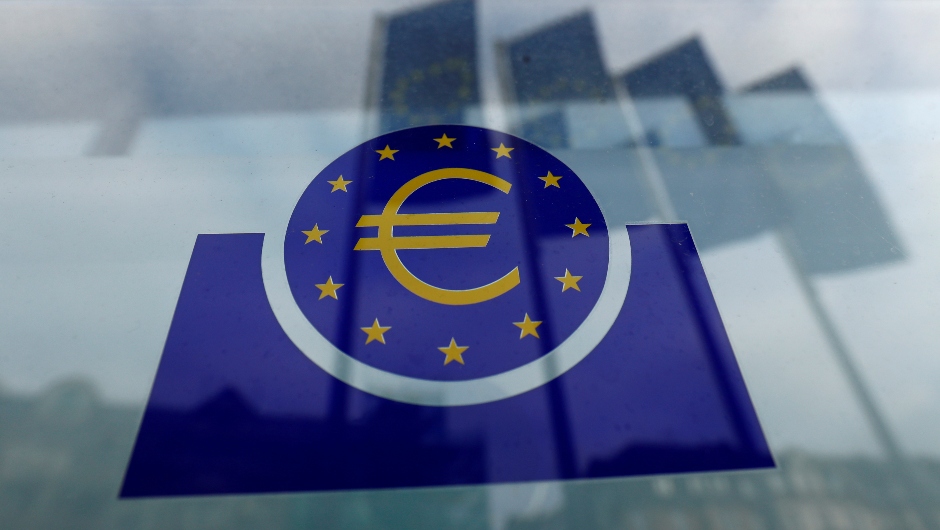The great corporate bond rush

Following the quantitative easing playbook of the European Central Bank, the Federal Reserve has begun buying corporate bonds. The purchases so far read like a EuroFinance speaker list: Microsoft, Prologis, General Electric, Medtronic and other titans of the US corporate world.
The amounts are still tiny – just $800 million of individual bonds and $6.8 billion in bond ETFs on 28 June – a rounding error compared with the $1.7 trillion of Treasury bonds purchased by the Fed since the start of the pandemic.
But in recent months, companies have anticipated the Fed with an explosion in issuance. According to Risky Finance, there was a $700 billion increase in the net amount outstanding bonds between mid-March and 30 June. That’s more than the increase in corporate debt for all of last year.
At the same time, the market cap of the S&P 500 index has risen by about $6 trillion. Are these things connected? Equities have been buoyed by the ability of companies to keep paying dividends and buying back shares in the face of the pandemic. With corporate earnings plummeting, the debt market was a handy place to raise the cash order to do that.
Compared with skittish stockholders, bond investors have been happy to play along. But their largesse comes at a price: corporate treasurers have agreed to pay coupons of 4.75-5% on new investment grade bonds, several percentage points more than before the pandemic.

While average bond yields have fallen about 40 basis points since coronavirus fears first infected the market in March, spreads are still up by almost 300 basis points this year. Consider that ten months ago there were $1.2 trillion of negative yielding corporate bonds. Although the ECB has ramped up its QE purchases, there are currently just $70 billion of negative-yielding corporate bonds today, a consequence of the new normal.
Funding dividends and buybacks
The new debt issuance is concentrated among particular sectors. Oil & gas companies increased their debt by $89 billion since mid-March, followed close behind by technology ($83 billion) and food & beverage companies ($71 billion).

The interplay between shareholders and lenders is most obvious among oil giants. Even before Covid, the sector was struggling with its contribution to climate change and an Opec price war. This is a sector that has to keep its shareholder base loyal, and it does that with dividends. The bond market was happy to oblige.
Leading the pack is Exxon Mobil, which issued $21 billion of new bonds as the pandemic hit, followed by Equinor, Shell, Chevron and BP. Even as oil futures briefly crossed into negative territory, and revenues fell dramatically, these companies were unashamedly borrowing to keep paying dividends. Although Equinor and Shell did reduce their shareholder payouts, Exxon told shareholders in May that it wanted to increase dividends.
“Our capital allocation priorities also remain the same, investing to create value, rewarding shareholders with a reliable growing dividend,” CEO Darren Woods said on a 1 May investor call.
The second most heavily borrowing sector since mid-March is technology, and here the outsized front runner is Oracle. In April, as the pandemic was raging through New York and London, Oracle borrowed $20 billion purely for the purpose of share buybacks. No doubt this would have been of direct benefit to Oracle’s founder and largest shareholder Larry Ellison. In a time of worsening inequality it’s hard to think of a more provocative example of capitalist excess.
Third on the list of top-borrowing sectors is food and beverages. Here the picture is more mixed: the sector has been disrupted as restaurants and bars shut down across the world, prompting borrowing to cover shortfalls in cash flows and working capital. And there is refinancing of soon-to-mature debt or commercial paper.
But once again, dividends are sacrosanct: The biggest new borrower, Coca-Cola is increasing its dividend as is Pepsi, while Kraft Heinz – downgraded to junk in February because of its outsized leverage – is keeping its dividend fixed while increasing debt by $10 billion in the process. Only AB Inbev, also with $10 billion of new borrowing, has reduced its dividend.

Anyone puzzled by the willingness of bond investors to hand so much money to shareholders should look at the returns they have enjoyed this year looking at bond returns. Of all the industry sectors, only real estate has failed to deliver a positive return since March. Big, investment grade oil and gas borrowers like Exxon have provided investors with an average 14% return since mid-March, or 60% on an annualised basis.
The story is similar in other sectors. Even Oracle, which was punished with credit rating downgrades for its share buyback profligacy, has rewarded bondholders with a 12% return in the last three months.
All of this is happening during a pandemic that is still spreading uncontrollably in many parts of the world, and is likely to leave permanent economic scars in its wake. This isn’t to say that the fight against the virus and the digital transformation to an online, remote-working world aren’t good for many companies. But can that really justify a debt-fuelled rebound like today’s?
